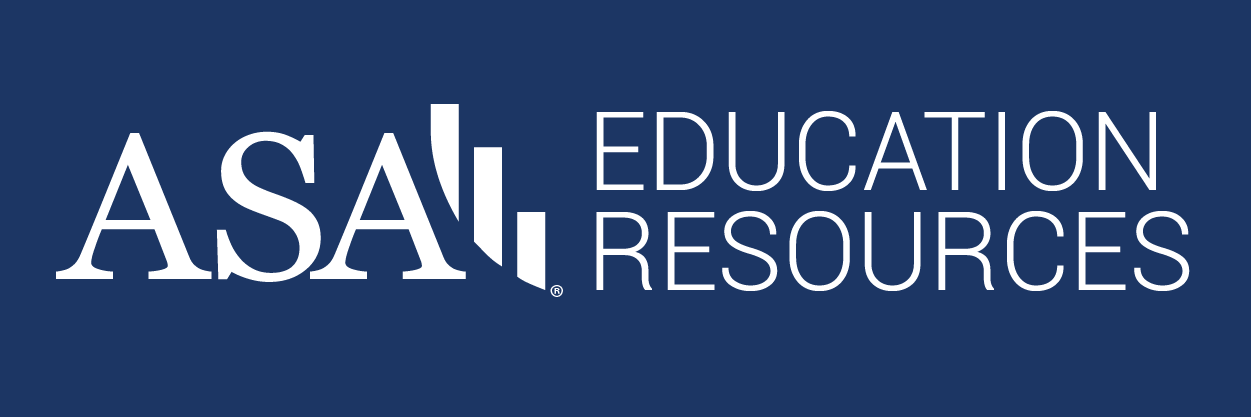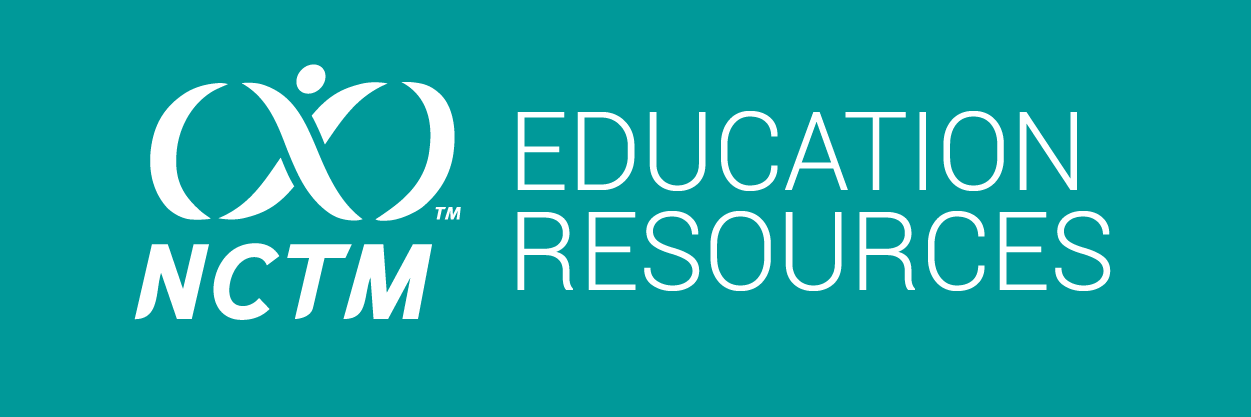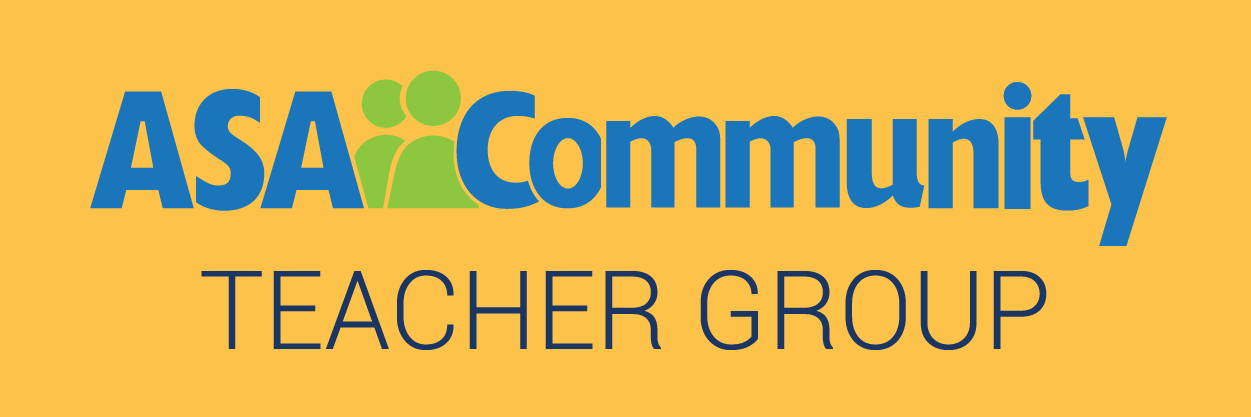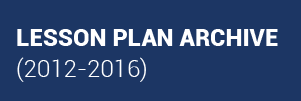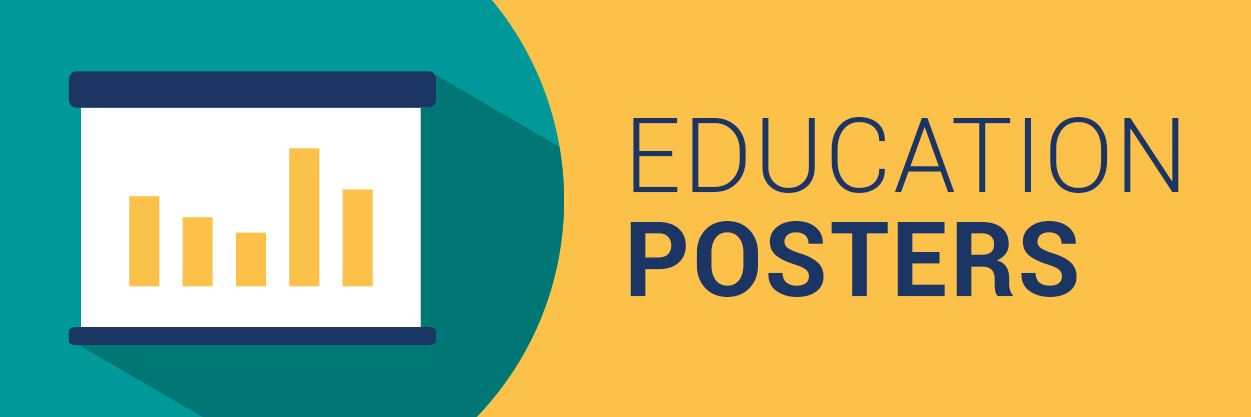Educational Level Implications on Careers in Statistics (ELICS) for Undergraduate Students
Christina M. Wood-Wentz, Mayo Clinic, and Heather Cook, University of Southern Indiana
Overview of Lesson
This career survey course activity is designed to expose undergraduate students to the implications for education level choice and help them plot an educational course that aligns with their work goals. After performing this activity, students will understand how to find and evaluate salary data and job requirements. This will lead to students gaining skills to assess job postings in terms of the alignment of their skills and education with a career/job posting. This, in turn, might lead to a prevention of over or under education (exiting college and entering the job market without a matching degree level needed for the jobs of interest) as students will be able to make informed decisions. A research study of undergraduate students in statistics classes was conducted using this lesson plan framework and 18% of students changed their final degree plan.
Since each student will be headed into their own branch of statistics and type of employer, this learning concept is presented as a research activity for students to undertake independently or in small groups. Students will either have a career already in mind to explore or choose a statistical career as listed on the Bureau of Labor Statistics website. Students will create slides or a video presenting their findings. Assessment is based on the student’s ability to synthesize and present their findings from the activity, including their knowledge of job requirements (especially the necessary education and skills) and salary expectations.





